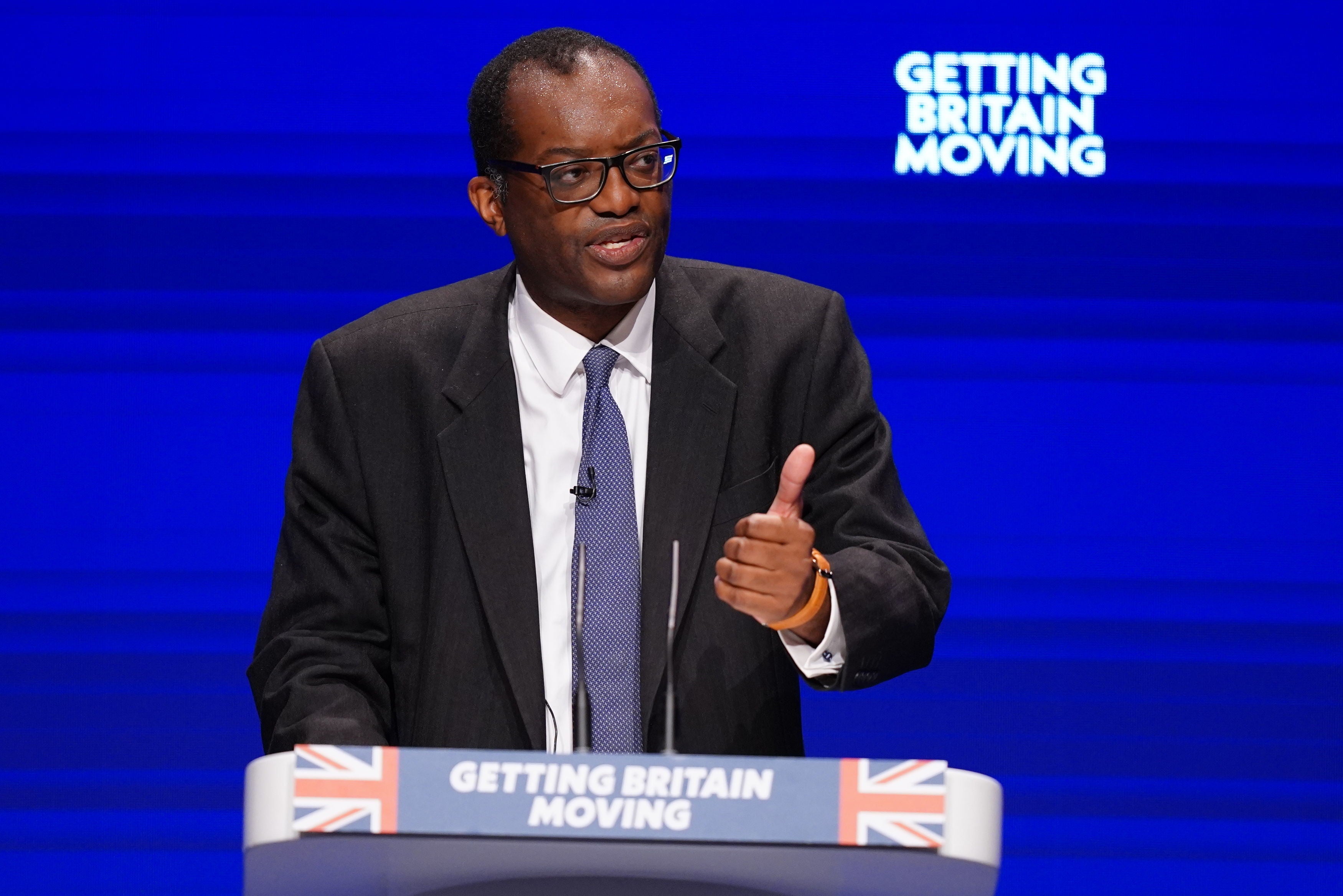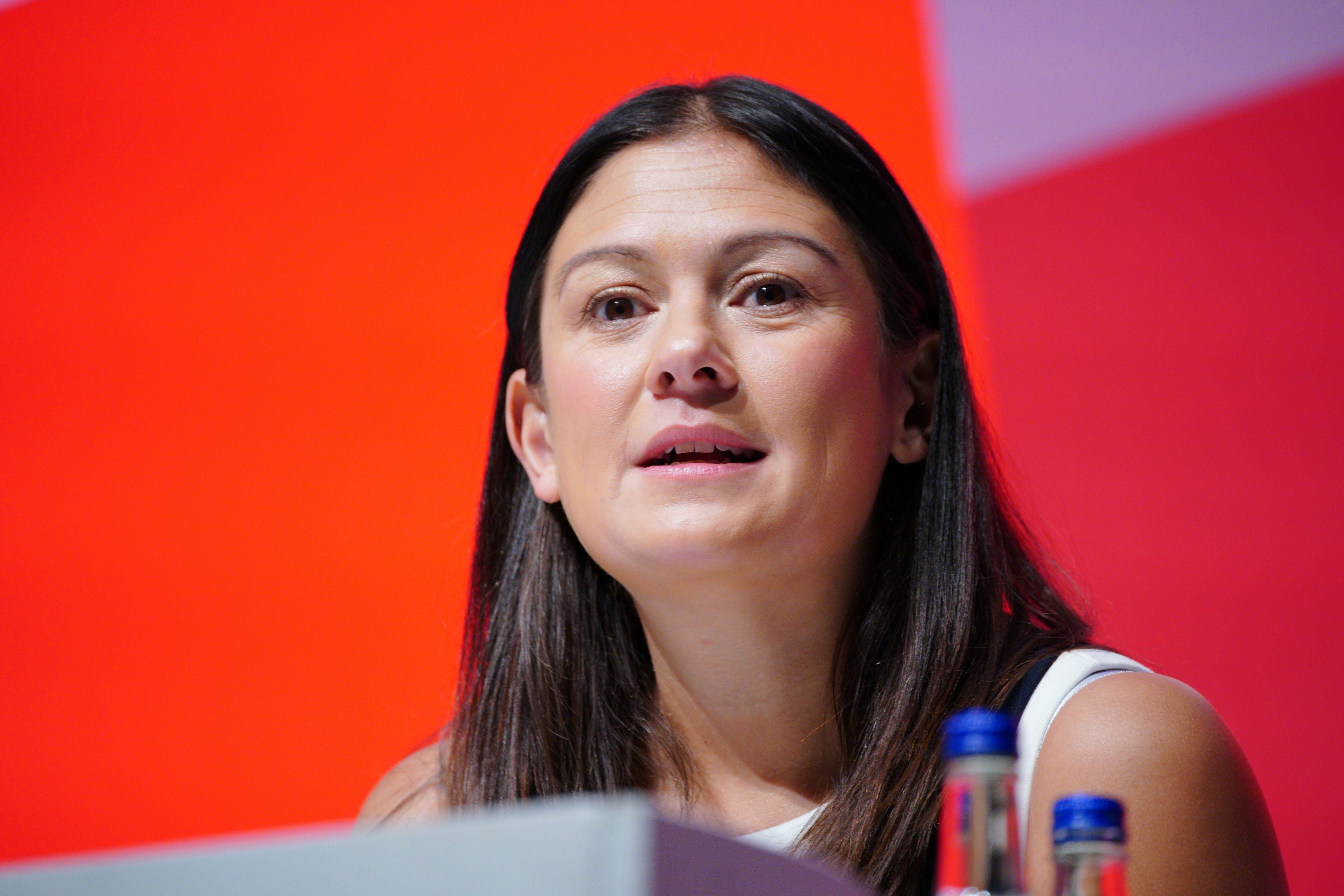
Cabinet ministers are blaming the Bank of England for soaring mortgage costs, according to reports.
The average two-year fixed mortgage interest rate rose to 6.16 per cent this week, its highest since November 2008 amid the financial crisis. By comparison, the average two-year fixed rate was 4.24 per cent at the beginning of last month and 2.34 per cent in December 2021, financial information service Moneyfacts states.
The sharp rise follows chancellor Kwasi Kwarteng’s widely-criticised ‘mini’ budget last month, which also saw the pound plunge.
But the Sunday Telegraph reports ministers laying the fault at the Bank of England’s door, with one unnamed cabinet member claiming it was “behind” in increasing rates and another arguing it “hadn’t put up interest rates as it should.”
The claims are in sharp contrast to the public’s views, according to the latest polls.
A YouGov poll this week found that 52 per cent of voters blamed the government for rising mortgage costs, while only five per cent blamed the Bank of England.
On Sunday, former chancellor Alistair Darling raised concerns about the relationship between the government and the Bank of England.

He told the BBC’s Sunday with Laura Kuenssberg it appeared the government was “not talking” to the Bank, and it seemed as though both the Bank and the MPC were “completely blindsided” by the mini-Budget announcement.
“Every budget announcement and every statement that I’ve made, I would always make sure the governor of the Bank of England knew what we were doing and we met very regularly,” he said.
“Instead what you’ve seen is the Government, and they’re at it again today, trying to trash the Bank of England, along with having excluded the Office for Budget Responsibility.”
The average five-year fixed mortgage rate rose to 6.07 per cent this week, reaching six per cent for the first time since January 2010.

Lenders have also withdrawn more than 40 per cent of products after the mini-Budget triggered market turmoil.
By 29 September, there were 2,340 residential mortgage products available according to Moneyfacts in comparison to 3,961 the previous Friday.
The Bank of England raised interest rates by 0.25 percentage points between December and July and then implemented a 0.5 percentage point increase in August and September, which led to a current base rate of 2.25 per cent.
Andrew Bailey, the Governor of the Bank of England has previously said the Bank did not respond slowly, saying: “We don’t make policy with the benefit of hindsight.
“I’d challenge anyone sitting here a year, two years ago, to say there will be war on Ukraine and it will have this effect on inflation.”

Writing on Twitter, shadow housing secretary Lisa Nandy said the situation was a crisis of the government’s making.
“Homeowners coming off two-year fixed-term mortgages are set to pay £500 more a month on average,” she said.
“That’s forecast to be 1.8m people - 1 in 4 mortgage-owning households. This is a crisis made in Downing Street being paid for by working families.”
Last week, Mr Kwarteng told banks he would work with them to help address the issue.
“While it is the responsibility of the sector to provide the best value for mortgage rates, the Chancellor confirmed that the Treasury would continue to work closely with the sector in the weeks and months ahead,” the Treasury said in a statement after a meeting on Thursday.
On the price rises themselves, a government spokesman said earlier this week: “There are a range of factors affecting mortgage and interest rates, which have been rising internationally in response to global trends including Putin’s illegal invasion of Ukraine.
“The government is doing what it can to support people with rising costs - our energy price guarantee will save the typical household around £1,000 a year and we are providing payments of £1,200 to the eight million most vulnerable families,” the spokesperson said.
“This support is in addition to the chancellor’s growth plan, which brought forward the cut to the basic rate of income tax and reversed the national insurance rise, putting hundreds of pounds on average back in the pockets of working people.”







